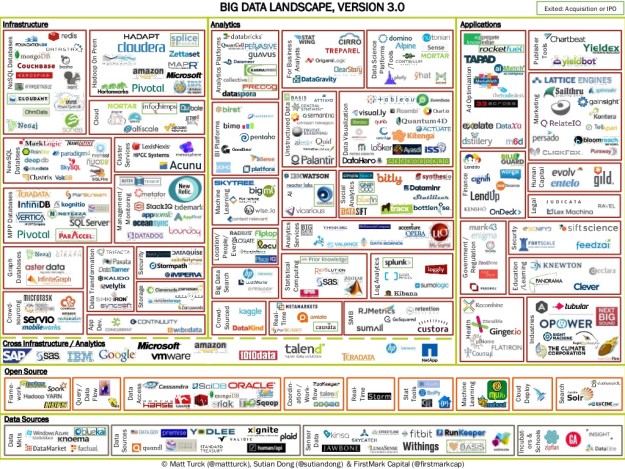QuickBooks and Dropbox? Yeah… No.
Having your data available from anywhere is awesome. Storing files in the cloud and being able to sync them with files on the computer is a great way to make sure the files are centrally available regardless of which machine you use to access them with. Dropbox is among those favored solutions which provide users with the cloud drive storage and an ability to seamlessly sync those files to various computers. It’s pretty cool, but let’s face it: not every type of file loves living in a Dropbox or sync folder. Particularly for folks who want to be able to store and sync their QuickBooks and other business files to the cloud, there are a few things to be aware of when using these nifty sync solutions.



